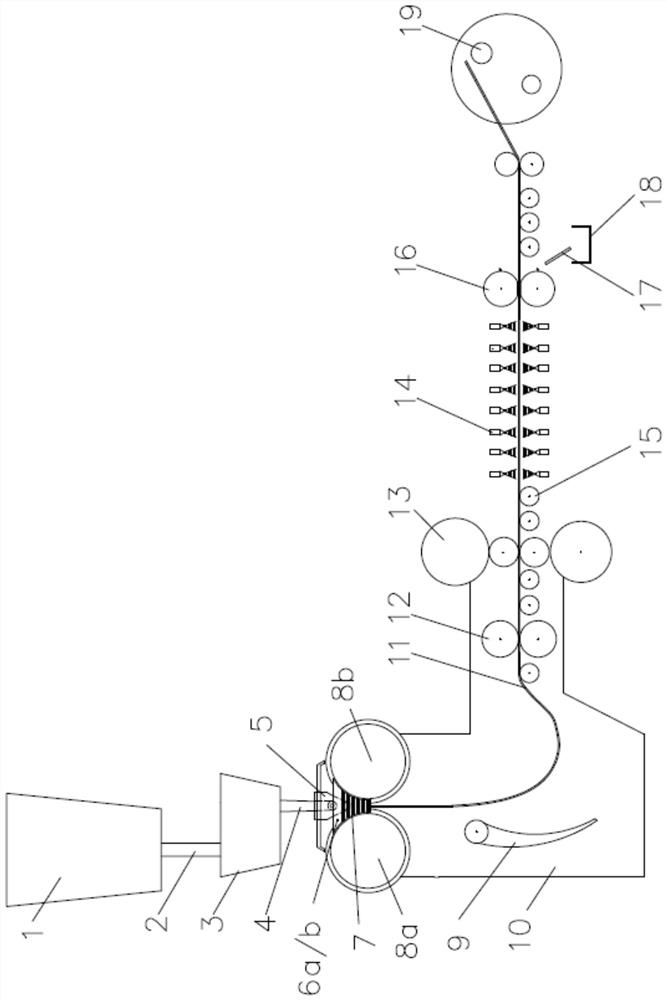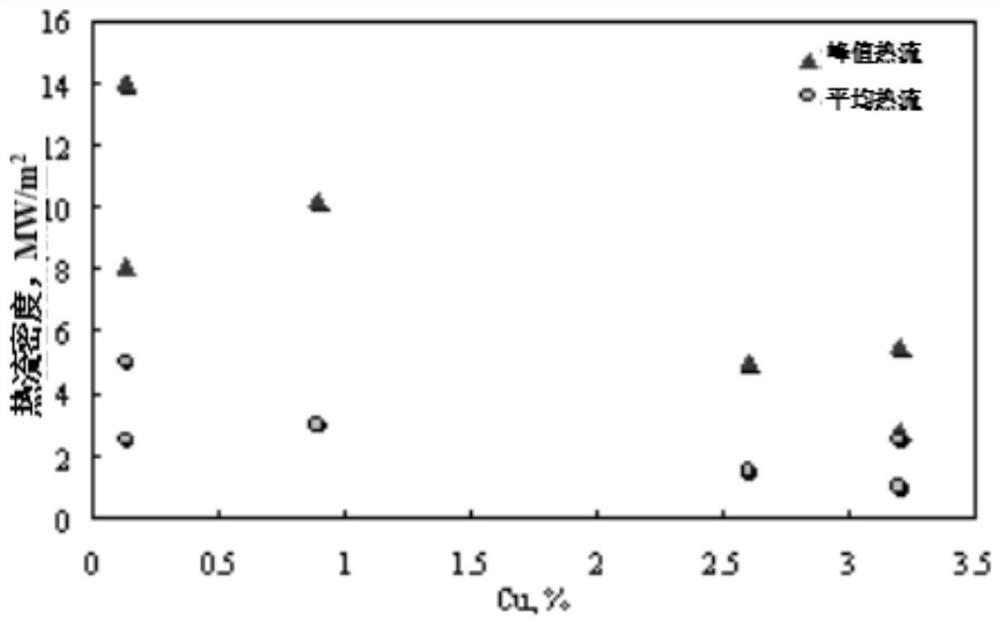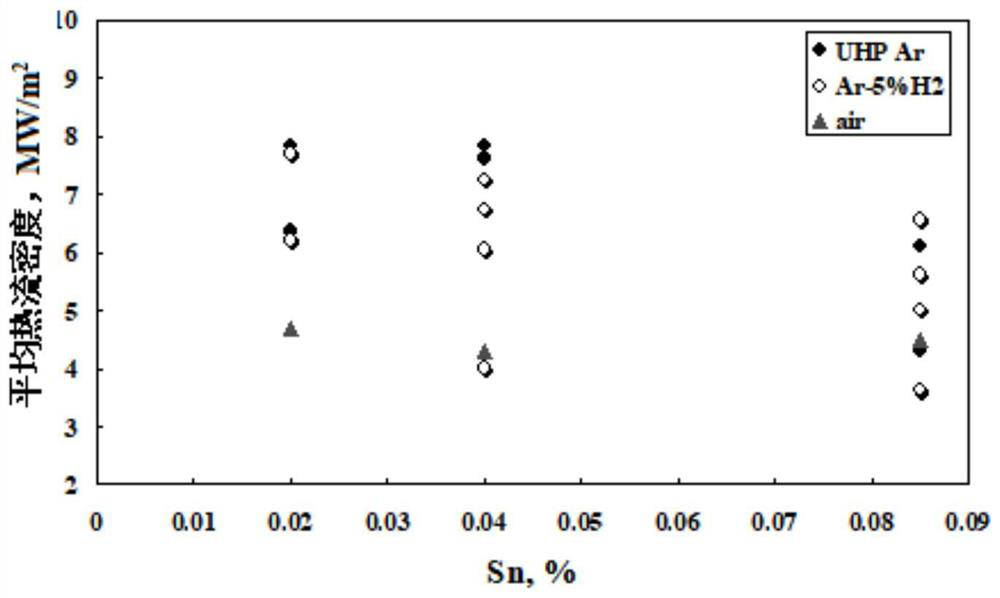Thin-strip continuous casting high-hole-expansion steel and manufacturing method thereof
A manufacturing method and hole-enlarging steel technology, applied in the direction of improving process efficiency, can solve the problems of uneven cooling, affecting surface quality, uneven performance of strip steel, etc., to improve temperature uniformity, reduce oxide scale thickness, The effect of improving surface quality and hole expansion performance
- Summary
- Abstract
- Description
- Claims
- Application Information
AI Technical Summary
Problems solved by technology
Method used
Image
Examples
Embodiment Construction
[0109] The present invention is described further below with embodiment and accompanying drawing, but these embodiments are in no way restricting the present invention. Any changes made by those skilled in the art in the implementation of the present invention under the inspiration of this specification will fall within the protection scope of the claims of the present invention.
[0110] see figure 1 , the molten steel conforming to the design of the chemical composition of the present invention is poured directly through the ladle 1, through the ladle long nozzle 2, the tundish 3, the submerged nozzle 4 and the flow distributor 5 in a crystallization chamber that is made of two relatively rotating and capable of rapid cooling. In the molten pool 7 surrounded by the rollers 8a, 8b and the side sealing plate devices 6a, 6b, the molten steel solidifies on the circumferential surface where the crystallization rollers 8a, 8b rotate, and then forms a solidified shell and gradually...
PUM
 Login to View More
Login to View More Abstract
Description
Claims
Application Information
 Login to View More
Login to View More - R&D
- Intellectual Property
- Life Sciences
- Materials
- Tech Scout
- Unparalleled Data Quality
- Higher Quality Content
- 60% Fewer Hallucinations
Browse by: Latest US Patents, China's latest patents, Technical Efficacy Thesaurus, Application Domain, Technology Topic, Popular Technical Reports.
© 2025 PatSnap. All rights reserved.Legal|Privacy policy|Modern Slavery Act Transparency Statement|Sitemap|About US| Contact US: help@patsnap.com



